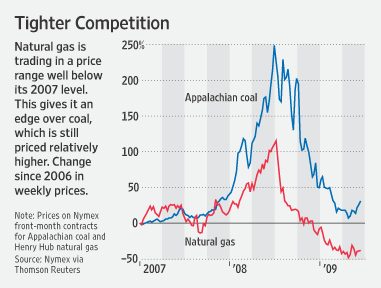Yesterday in a series of public interviews and announcements, the administration in Washington put forth its proposed reform of U.S. financial regulation. The proposal itself is embodied in an 89 page White Paper, "
Financial Regulatory Reform: A New Foundation." It is a combination of the "art of the possible," America's penchant for committees, and ratification of the de facto reality.
Otto von Bismark declared, "Politics is the art of the possible." President Obama is realistic about what he can get through Congress and what he can not. Simplifying and consolidating the patchwork quilt of prudential and financial services regulation would provoke a huge turf war that would stall this legislation and much of the rest of his agenda.
The Fed is a big winner. It gains authority to regulate any firm which is a systemic threat to the financial system. A GE Capital or an American Express could come under its prudential regulation if it is big enough and/or interrelated enough to be a source of systemic risk. The New Deal left investment banks largely outside the circle of prudential regulation. The financial crisis drove the main investment banks either out of business or into bank holding companies as permitted under Gramm-Leach-Bliley. Thus the remaining major investment banks are already under the Fed's regulation. Other large or potentially system threatening firms could be designated "Tier 1 Financial Holding Companies" (Tier 1 FHCs) even though they do not hold subsidiaries that issue deposits. Importantly the Fed will regulated these Tier 1 FHCs on a consolidated basis. Bear in mind that the Fed is the only agency that has the firepower to deal with systemically threatening businesses.
Although the Fed will be the prudential regulator for Tier 1 FHCs, it is not clear who will put up the capital for non banks that need to be resolved in a liquidation. It appears the Treasury is to resolve these situations, but will it require a prior Congressional appropriation such as TARP did?
It looks like Tier 1 FHCs will be required to hold to more stringent capital requirements. It is not clear whether that is more stringent that non Tier 1 FHCs or more stringent than pre-crisis requirements.
The Treasury will chair a Financial Services Oversight Council. The Office of Thrift Supervision disappears, but there will be a new Consumer Financial Protection Agency.
Securitization and such derivatives as Credit Default Swaps were at the heart of the financial crisis. Firms issuing securitized obligations will have to have some "skin" in the game much like European income bonds or the Federal Home Loan programs. Excellent idea!
The proposal calls for more comprehensive regulation of derivatives. I will need to dig into the details before I can determine how much beef there is in the rhetorical receipe. The Fed gains authority over "systemically important payment, clearing, and settlements systems."
The split in authority between the SEC and the CFTC continues, but the Financial Services Oversight Council can adjudicate disputes. Will it intervene when neither does its job? Remember Enron?
Some thoughts:
Bigger capital requirements on the big boys is effectively a tax on their ROE. It is not necessarily a bad thing that Wall Street shrinks and the small fry gain, but Wall Street has its lobbying clout to be delt with.
The proposal seems to call for a pullback from Basel II and greater capital requirements for risky assets. At the same time it calls for "a simple, non-risk based capital measure to limit the amount of leverage built up in the international financial system." This sounds like squareing the circle to me.
There is a call for less procyclical capital requirements. Spain is the star in this credit crisis. By adopting capital requirements that go up in a boom and are smoothed in a bust, Spain's banks (much like Brazil's) come out of the crisis is relatively good shape. Spain was not saved from a housing bubble, however. It would be impolite to point out that the Fed, the White Paper's big regulatory winner, caused the bubble in the first place.
There are considerable words about firm value accounting and transparancy. The White Paper requires that accounting be looked into again. I seem to remember that mark to market accounting was at the heart of the Enron debacle. Enron and WorldCom led to financial institutions' being subject to greater market to market accounting. Those commissioned to look into these issues will find the conflict between fair market accounting and banks' function of intermediation illiquid loans a difficult nut to crack.








